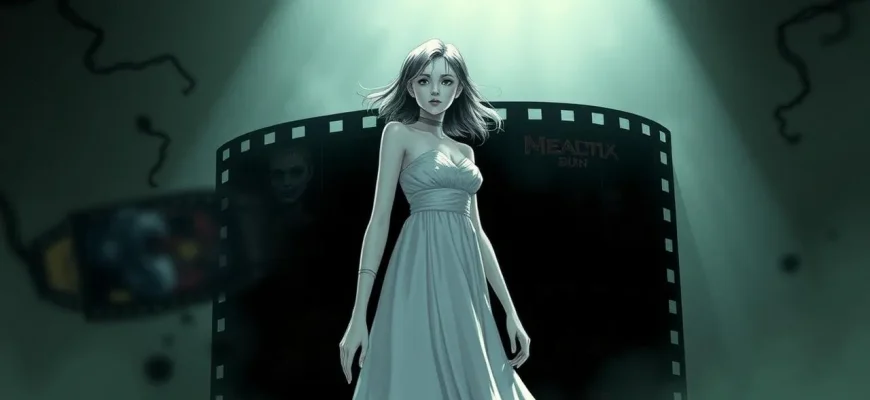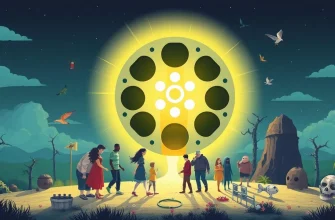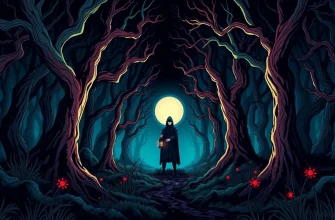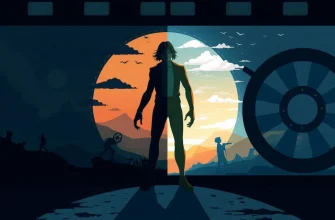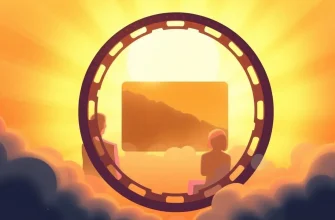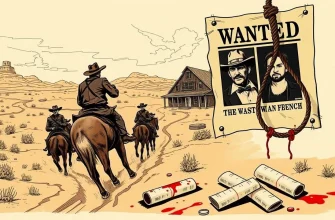Delving into the realm of the forbidden, this curated list of ten horror films that have been banned or heavily censored around the world offers a unique glimpse into the extremities of cinematic expression. These films, often pushing boundaries with their graphic violence, disturbing themes, or controversial content, provide a chilling insight into what societies deem too unsettling for public consumption. Whether for their explicit gore, psychological terror, or political sensitivities, these movies have sparked debates on censorship, freedom of expression, and the limits of horror.
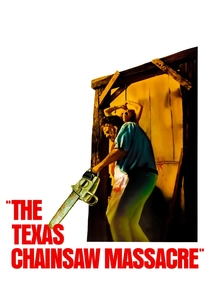
The Texas Chain Saw Massacre (1974)
Description: Though not officially banned, this film was heavily censored due to its graphic violence and disturbing themes. It was one of the first films to be associated with the "video nasty" phenomenon in the UK.
Fact: Despite its title, the film has very little actual gore, relying more on suggestion and atmosphere to create terror.
 Watch Now
Watch Now

The Last House on the Left (1972)
Description: Wes Craven's debut film was banned in the UK for its graphic violence and disturbing content, including scenes of rape and torture.
Fact: The film was remade in 2009 with a slightly different plot but retained its controversial nature.
 30 Days Free
30 Days Free
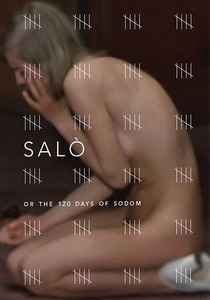
Salò, or the 120 Days of Sodom (1975)
Description: Pier Paolo Pasolini's film was banned in several countries for its graphic depiction of torture, sexual violence, and political allegory. It remains one of the most controversial films ever made.
Fact: Pasolini was murdered shortly before the film's release, leading to speculation about the film's role in his death.
 30 Days Free
30 Days Free
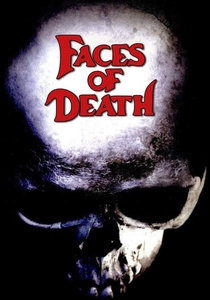
Faces of Death (1978)
Description: This pseudo-documentary was banned in several countries for its graphic depiction of death and violence, including real footage of autopsies and animal slaughter.
Fact: Many scenes were staged, but the film's mix of real and fake footage led to widespread controversy.
 30 Days Free
30 Days Free
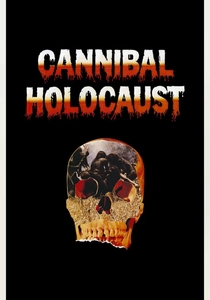
Cannibal Holocaust (1980)
Description: This Italian exploitation film was banned in several countries due to its extreme violence, animal cruelty, and accusations of being a "snuff" film. Its depiction of indigenous tribes and the portrayal of violence led to legal issues for its director.
Fact: The film was initially banned in Italy, and the director, Ruggero Deodato, was arrested for murder due to the realistic nature of the deaths portrayed.
 30 Days Free
30 Days Free
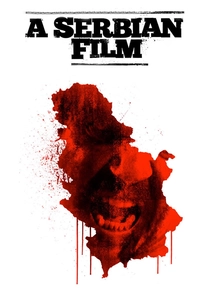
A Serbian Film (2010)
Description: Banned in numerous countries for its explicit sexual violence, necrophilia, and pedophilia, this film has been described as one of the most disturbing movies ever made.
Fact: The film was edited to remove the most graphic scenes for its UK release, but it still received an 18 certificate.
 30 Days Free
30 Days Free

I Spit on Your Grave (1978)
Description: This rape-revenge film was banned in several countries due to its graphic violence and explicit scenes of sexual assault. It has been criticized for its portrayal of violence against women.
Fact: The film was re-released in 2010 with a new title, "Day of the Woman," to emphasize its feminist themes.
 30 Days Free
30 Days Free

Guinea Pig: Flowers of Flesh and Blood (1985)
Description: This Japanese film was banned for its extreme gore and violence, with scenes so realistic that it was initially believed to be a snuff film.
Fact: The film was investigated by the FBI after Charlie Sheen received a copy, believing it to be real.
 30 Days Free
30 Days Free

Men Behind the Sun (1988)
Description: This film about Unit 731, a Japanese biological and chemical warfare research unit during WWII, was banned in several countries for its graphic depiction of human experimentation.
Fact: The film uses real footage of animal cruelty, which contributed to its ban in some regions.
 30 Days Free
30 Days Free

Grotesque (2009)
Description: This Japanese film was banned in the UK for its extreme violence and torture scenes, with critics calling it "torture porn."
Fact: The film was released with a warning label in Japan, advising viewers of its graphic content.
 30 Days Free
30 Days Free

